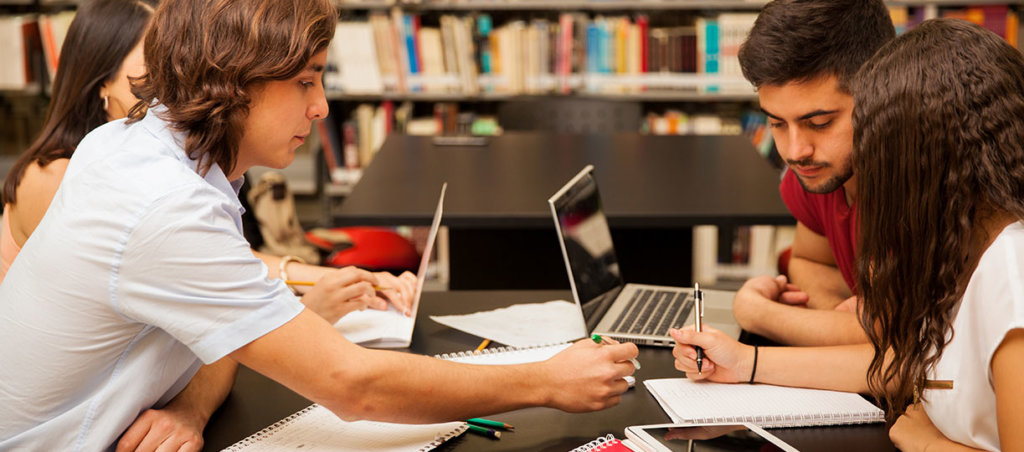Recent technological breakthroughs notwithstanding, the essence of education has not changed dramatically over the past few years. In fact, as we, here at realinfluencers.org have long maintained, it is blatantly clear that teachers are the ones driving their students’ academic development.
However, new teaching methodologies and seemingly endless resources are becoming increasingly available and are ever more useful for educators all over the world.
The digital age and its new educational paradigm allows teachers to reinvent their own ways of teaching and further the learning processes of their students, thus obtaining better results in their classrooms.
As we march onto a new year we have selected a few EdTech trends we believe will make their mark in 2019.
1. Blockchain
It started as a way to manage monetary transactions (i.e. cryptocurrencies like Bitcoin or Ethereum), but the underlying technology has already made its way onto other sectors of the economy and society in general.
Within an educational setting this is becoming a new tool that allows to institutions to certify students’ curricula, grades and academic performance. Although it is not yet certified by official European Union bodies (EC), said certification is expected to become law by the end of the current year (2019).
With Blockchain technology, companies, employees and candidates would have access to essential information before entering the academic or labor market.
2. Data security
New EU legislation, which came into effect last December, is particularly important for schools with students connected via digital platforms.
The standard, in general, updates and extends the ‘digital’ obligations of corporations, such as Google, Micosoft, Facebook and the like.
From now on, it will be even more important to take into account that the students’ personal information is not being used for commercial or political purposes or that their digital fingerprint is not being monetized by big tech corporations.
3. Immersive technologies: AR and VR
As things stand, it is clear that students are physically connected to their smartphones, tablets and laptops. We can no longer refrain from a reality in which learning is, albeit partially, digital.
Immersive technology applies virtual reality (VR) and augmented reality (AR) in the classrooms, enabling students to come into contact with technology and feel immersed in both realities to achieve specific objectives.
In this video, from the Spanish teacher-led initiative InnoBAR, Moisés Llorente shows how to apply augmented reality in the classroom in a very simple way.
4. The challenges of communicating truth to millennials
Since time immemorial, people have become accustomed to believing that the information relayed by textbooks and media is true and, consequently, reliable.
The arrival of the 21st century has already brought about some important changes in this respect, and has been under increased scrutiny following controversies enveloping events such as the recent Brexit referendum (2016) or the last presidential elections for the office of the president of the United States of America which elected the populist Donald J. Trump.
In this regard teachers have found the need to be particularly attentive to the sources of information and their veracity before relaying them to their students.
What do you think of these 4 EdTech trends for 2019? Did you already know them?


